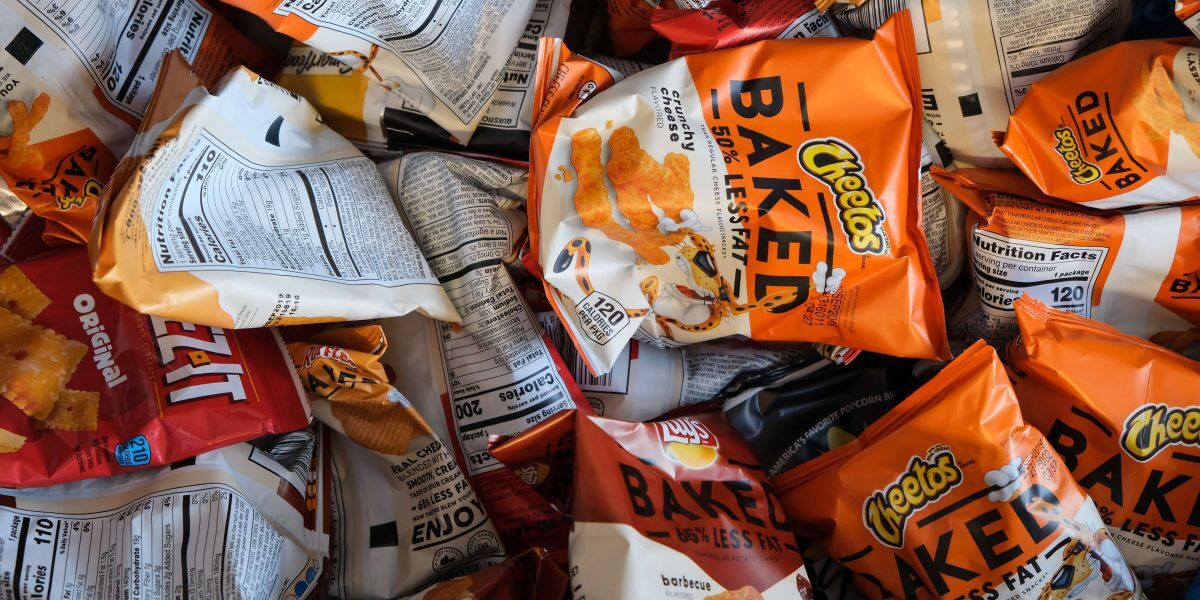The snack attack. Why timely and tuned-in eating matters.
It is been labeled the snack attack. The children are in the car and we distribute packets of chips. They go to swimming and we hand out lollies. The kids watch Television and they splurge on goodies.There is constant distribution of foods in our children’s lives. We let them graze all day long.
A 2007 piece published in the European Journal of Nutrition confirmed it: 99.9% of Aussie children consume at least one ‘extra’ food per day. That’s one food they don’t need and that’s going to impact their appetite at mealtime.
Making you feel guilty hasn’t helped
According to the research, these extra-foods are high in calories and empty in nutrients. Ok, so you have heard this before, but apart from making you feel guilty it has not helped you one bit.
Snacks are easier to pull out of a handbag than ever. They are packaged to last. They will not leak, they are practical, think “yogurt squeezes” or cereal bars. They come in really handy, because you are on the move non-stop with the children.
Timely and in-tune eating
Judging foods or what you feed your family is unhelpful. If healthy eating messages worked we would all be super healthy. I believe instead into timely and tuned in eating. I think dedicated meal and snack times work best for children and families.
So why do we feed children non-stop? The answer I believe rarely has to do with hunger. Children are not always hungry. It has more to do with our projections: a tantrum on the way, a concern that we may impact our child’s growth. It is all emotional eating and feeding!
Capacity to self-regulate
The great news is that children have the capacity to self-regulate their food intake. Once you use a structure you will find it works and children’s appetite is present when needed. They might whinge to start with, but children will love the routine once they know there are regular food offerings throughout the day.
By the same token offering satisfying foods, will enable them to last the distance between meals. Think of snacks as mini-meals: for e.g quality yogurt or cheese, fruit and/or veggies, wholemeal bread or wholegrain crackers, dips or nut spreads. If packaged snacks are in your family eating culture remove packaging as often as you can them before you serve your children. Serve water or milk as drinks.
So remember timely and in tune eating are easier to implement than you think and they will greatly impact on how much and what foods your children eat.
Consumption of ‘extra’ foods by Australian children: types, quantities and contribution to energy and nutrient intakes
A M Rangan1, D Randall2, D J Hector1, T P Gill1 and K L Webb1
European Journal of Clinical Nutrition
Published online 14 March 2007.



